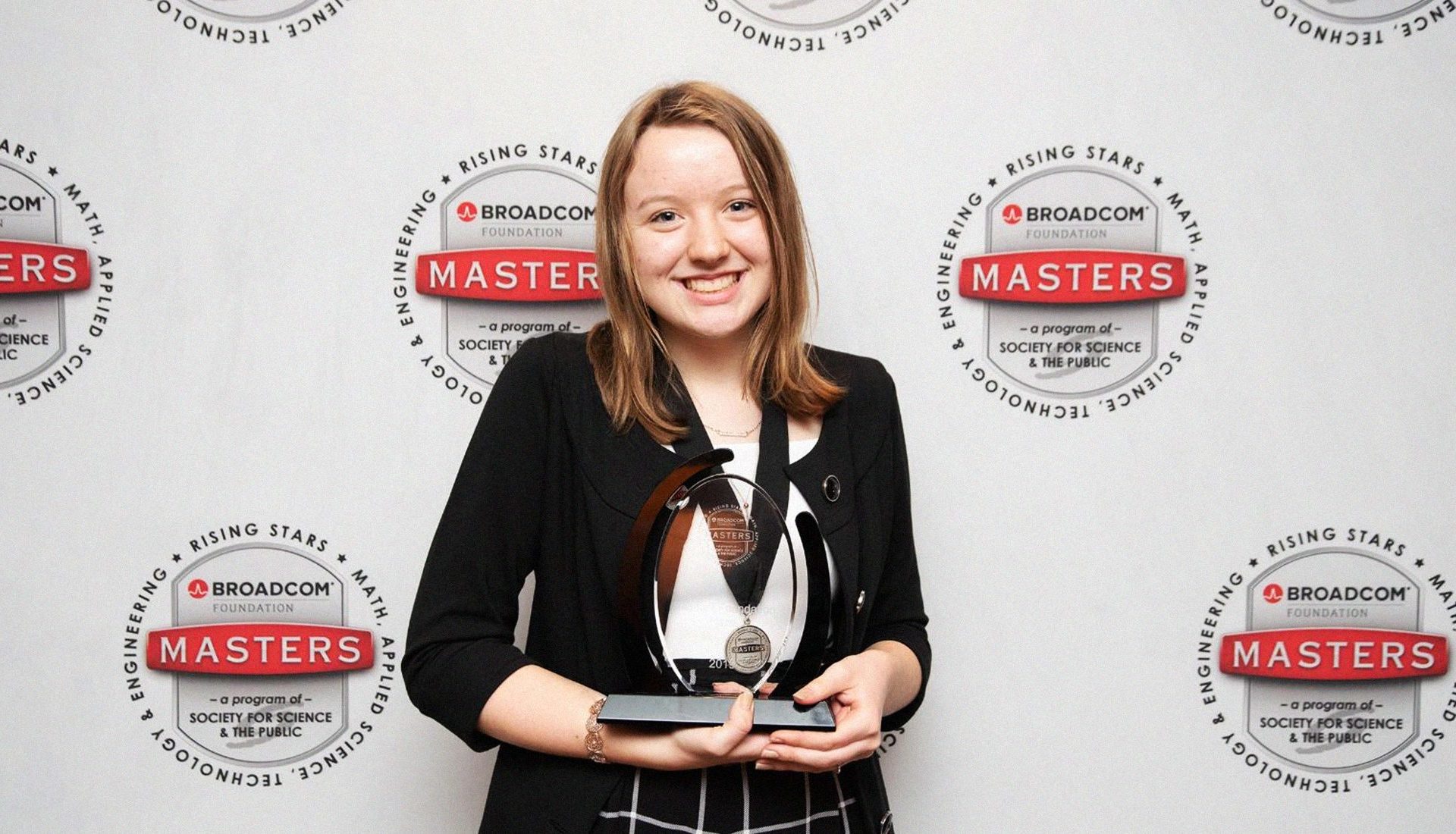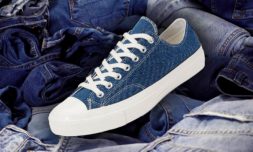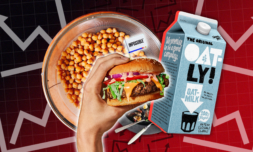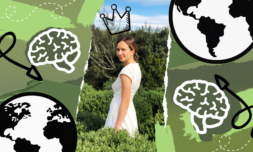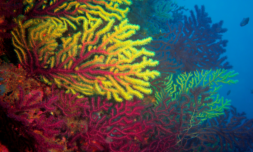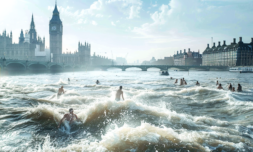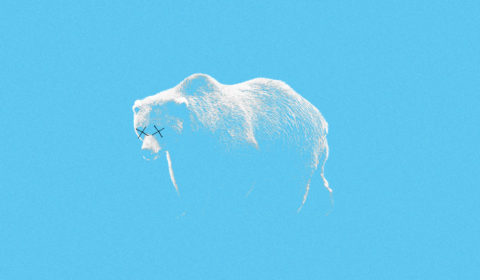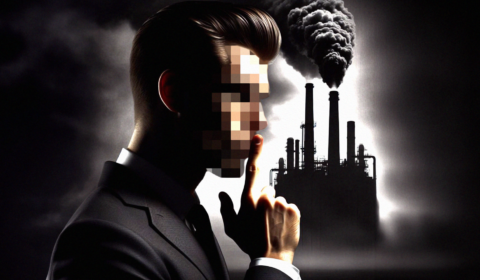Alaina Gassler used a webcam, a small projector, and a 3D printer to create an uninterrupted field of view for drivers.
Anyone who’s ever driven a car knows about blind spots, the areas around a vehicle you aren’t able to see directly without using mirrors or sensors. They can be a real pain to work around and can easily become a hazard if you aren’t wary of them at all times while driving.
Alaina Gassler, a fourteen-year-old from Pennsylvania, has won the Samueli Foundation prize for her solution to the blind spot problem which uses cameras and projectors to create a complete field of view for drivers. The competition was part of the Broadcom Masters, one of America’s most prestigious science and engineering events for middle school students, and includes $25,000 in winnings.
How does her solution work, you’re probably wondering? A webcam is placed on the outside of the car pillars with a small projector fixed to the vehicle’s interior. Separate ‘shell’ pieces are then 3D printed and placed over the inside of the pillar to allow for a clear image from the projector. If all that sounds slightly confusing then check out this video which demonstrates Alaina’s invention in action.
It seems like several big car companies, such as Hyundai and Kia, have also begun patenting prototypes that are similar to Alaina’s design. The car company Continental is also working on a solution that uses cameras and screens, while Toyota has been developing a ‘cloaking device’ which adopts extra mirrors around the car interior.
There are some pitfalls surrounding the implementation of tech like this on cars, however, which may mean we won’t see widespread commercial use for some time.
For one, cameras and extra tech around the exterior of a car can mess with airbag systems and safety regulations which is a no-go for any future vehicle design, though some workarounds are currently in development. Continental told Wired that it was creating splitting screens to allow airbag access, but this will take at least a few years before it’s ready to test.
Nothing is allowed to obscure the windshield of a car or record conversations, either, so Alaina’s inventive solution will need to pass extra checks before it can be used on a widespread scale.









